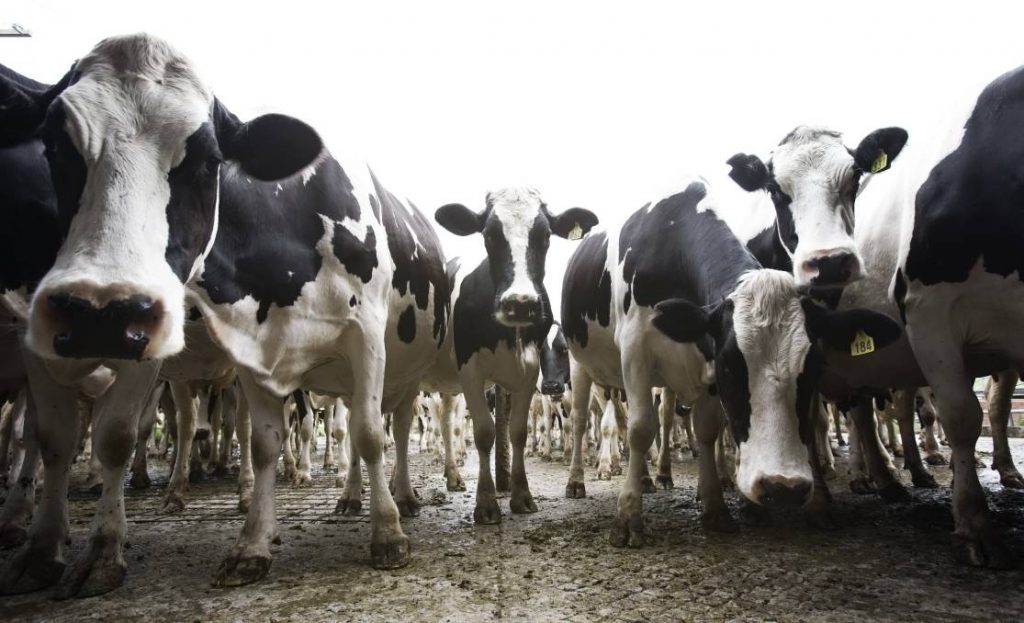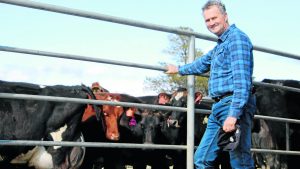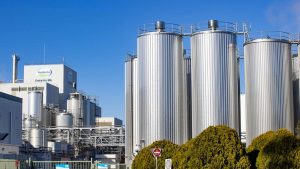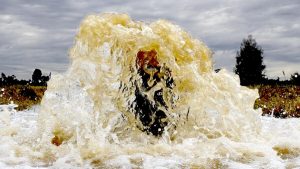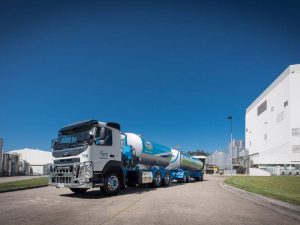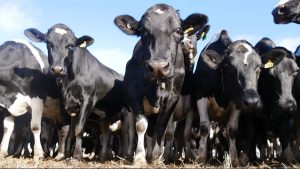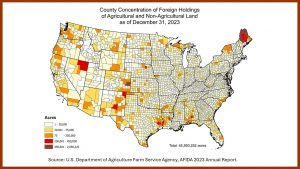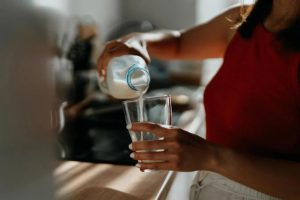
Unfortunately the same cannot be said for the dairy industry here in South West Western Australia.
It is true we have had better seasonal conditions with a good level of feed produced on farm this season.
However, above average rainfall during winter also created quite a few challenges.
For example, waterlogged paddocks reduced windows for spraying and fertilising.
In the South West the price of hay has decreased by 16 per cent which is good for dairy farmers, but grain prices have gone up by 15pc (DA Situation and Outlook September 2021), as have fertiliser prices.
Importantly, the price of milk at the farmgate has not improved much in WA.
While the farmgate milk price in the east is similar to WA, there are no restrictions on when it’s produced in the east, compared to the requirement in WA for a flat supply pattern across the year with significantly increased costs to produce summer milk.
This means the cost-price squeeze is still causing significant pressure on WA dairy farmers.
Overall, our dairy industry is still a long way from the levels of profitability enjoyed by beef farmers.
In fact, the beef side of dairy farming businesses contributes a large percentage of the dairy farm profit, so there is not much incentive to keep milking cows.
Most parties in WA realise that that profitability needs to improve in the dairy industry here.
With this in mind, the WA dairy industry is working on a five-year strategic plan to improve profitability and sustainability.
This is happening under the auspices of Agriculture and Food Minister Alannah MacTiernan’s office and involves the Department of Primary Industries and Regional Development, the WAFarmers Dairy Council, Western Dairy and the three major milk processors – Brownes, Lactalis (Harvey Fresh) and Bega (Masters).
The vision is to create a WA dairy industry with a reputation for best practice in sustainability that enables growth and builds confidence in our industry.
This plan is what the dairy industry needs because it looks at the longer-term, bigger picture of sustainability for the dairy industry.
Dairy farmers recognise however that to stay in business they will need get more money out of the marketplace.
Ultimately this means that consumers need to pay for the true cost of producing fresh milk, sustainably, every day of the year for the WA market.
